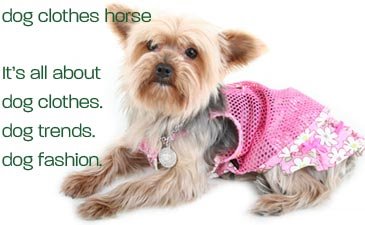 With Valentine's Day approaching, non-profit Dogs Deserve Better is asking for help from dog lovers in an unique direct mail outreach which pairs Valentines created by schoolchildren with America's chained dogs.
With Valentine's Day approaching, non-profit Dogs Deserve Better is asking for help from dog lovers in an unique direct mail outreach which pairs Valentines created by schoolchildren with America's chained dogs.
Dogs Deserve Better, a national rescue and advocacy group dedicated to ending the suffering endured by chained dogs, annually sends Valentines and dog treat coupons to canines across the country. The group includes a brochure for the dog's caretakers, explaining why the practice of chaining dogs for life is a form of abuse. The materials encourage people to bring their dogs into the home and family or to find better homes for the animals.
By the end of January, the group needs 15,000 addresses of perpetually-chained or penned dogs, volunteers to make the Valentines, and donations of coupons for dog treats or dog food.
"Winter is a critical time to reach out directly to the people who chain their dogs, and what better excuse than Valentine's Day to send these forgotten animals a little love," says Tamira Thayne, founder and director of the seven-year-old non-profit. "Every winter our rescuers see dogs that have frozen in the snow, suffered frostbite, or otherwise endured horrific living conditions because of the longstanding misperception that it is ok to chain a dog outside in any kind of weather"
"This is the perfect opportunity for people who pass chained dogs every day but feel powerless to help them to make a difference," continues Thayne. "People can anonymously provide us with the addresses of these dogs, or make us a batch of Valentines, and we'll do the rest"
The creation of the Valentines is an ideal project for schools, scouting troops, and other similar organizations. "Children have a natural affinity for animals and they enjoy making art projects," says Thayne, an artist herself. "In this way we remind children of proper caretaking, and educate guardians as well"
Although the practice of 24/7 chaining is pervasive in many parts of the country, states and cities have started to pass laws against the practice. So far four states have passed limitations on chaining: California, Texas, Connecticut, and Nevada. Hundreds of cities and counties have passed limitations or flat-out bans.
Meanwhile, countless backyard dogs are spending yet another winter in the cold. Often, they shiver day and night in hole-ridden doghouses, suffer from thirst because their water is frozen, and pace neurotically from lack of exercise and attention. Perpetually chained dogs often become aggressive from their constant confinement, thereby posing a danger to people, especially small children.
For more information about the Valentine's Day outreach, go to http://www.dogsdeservebetter.org/Valentines2010.html or email info@dogsdeservebetter.org.
Valentines (sized at 4"x 8" max preferred due to postal regulations), addresses and donations for the campaign can be sent to: P.O. Box 23, Tipton, PA 16684. For general information about Dogs Deserve Better go to www.dogsdeservebetter.org.
[Source: ExpertClick]
 It wasn't the cameras and reporters hovering around Lis Feeney that made her nervous today as she waited to be reunited with her 12-year-old dog, Bobo.
It wasn't the cameras and reporters hovering around Lis Feeney that made her nervous today as she waited to be reunited with her 12-year-old dog, Bobo.
















